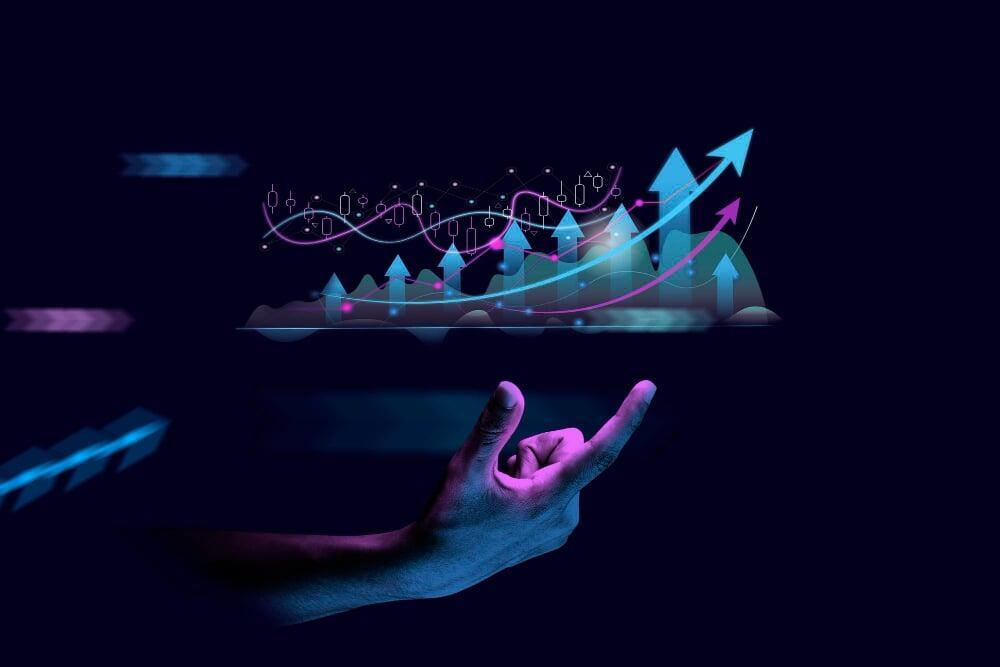2024's Key Strategic Technology Trends

- Gartner has recently unveiled the top 10 vital technology trends of 2024 at the Gartner IT Symposium/Xpo designed to help organizations handle tech changes and uncertainties in the economic landscape.
- Experts at Gartner believe that by 2026 over 80% of enterprises will have used GenAI APIs and models and/or deployed GenAI-enabled applications in production environments.
The widespread availability of AI has made it important to implement AI Trust, Risk, and Security Management (TRiSM).
The integration of AI-assisted software engineering enhances developer productivity.
The augmented-connected workforce (ACWF) is a strategy for optimizing the value derived from human workers.
With a foundation in AI-based services, intelligent applications give user experiences that can dynamically adjust.
By 2026, the expertsat Gartner estimate that organizations will prioritize their security investments based on a CTEM program.
The key goal of platform engineering is to boost productivity, improve user experiences, and expedite the delivery of business value.
Machine customers are nonhuman buyers who can independently bargain for and buy products and services.
Prediction by Gartner shows that by 2027, over 70% of enterprises will have adopted industry cloud platforms (ICPs) to expedite their business endeavors.
Sustainable technology is gaining popularity because people are worried about how energy use from new technologies affects our planet.
Gartner has recently unveiled the top 10 vital technology trends of 2024 at the Gartner IT Symposium/Xpo. These trends are designed to help organizations handle tech changes and uncertainties in the economic landscape.
IT leaders are encouraged to strategically invest in technologies that enhance resilience amid pressures. The swift growth of tech innovation, particularly in domains such as generative AI, brings both pros and cons. This calls for a structured plan for embracing the technology and controlling the risks.
Bart Willemsen, Vice President Analyst at Gartner, in a recent email interview with TechRepublic, said,So, let’s take a look at the top strategic technology trends for 2024:
Democratizing Generative AI
AI Trust, Risk, and Security Management
AI-Augmented Development
Augmented-Connected Workforce
Intelligent Applications
Continuous Threat Exposure Management
Platform Engineering
Platform engineering is about building and keeping up self-service internal development platforms, with each platform functioning as a unique layer designed by a dedicated product team. This task requires creating resilient, scalable, and adaptable platforms that have to serve varying technologies and services within an organization. The key goal of such platform engineering is to boost productivity, improve user experiences, and expedite the delivery of business value.
Machine Customers
Machine customers (also called 'custobots') are nonhuman buyers that can independently bargain for and buy products and services. Predictions by Gartner suggest that by 2028, there will be 15 billion connected products that could potentially act as customers. This number will likely get bigger in the subsequent years. By 2030, the rise of machine customers could lead to trillions in revenue. It's crucial to plan strategies that will explore opportunities to support and enable these algorithms and devices. It may even be considered to create new custobots.